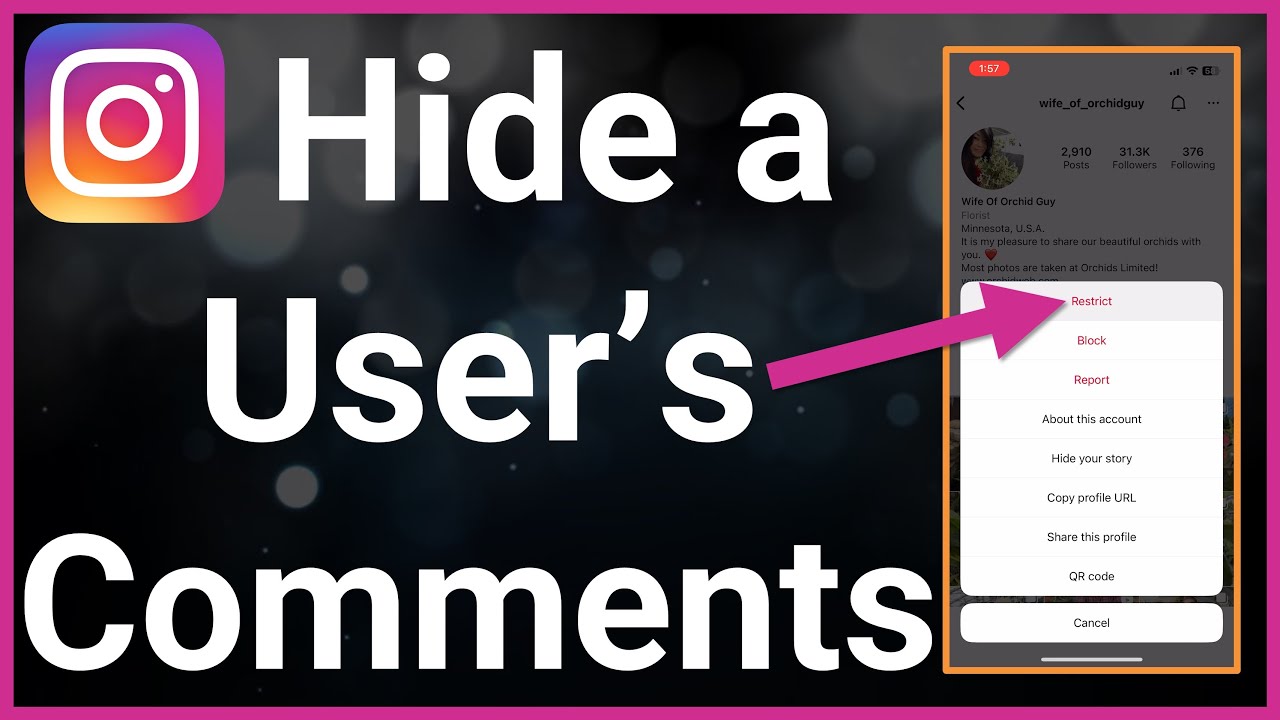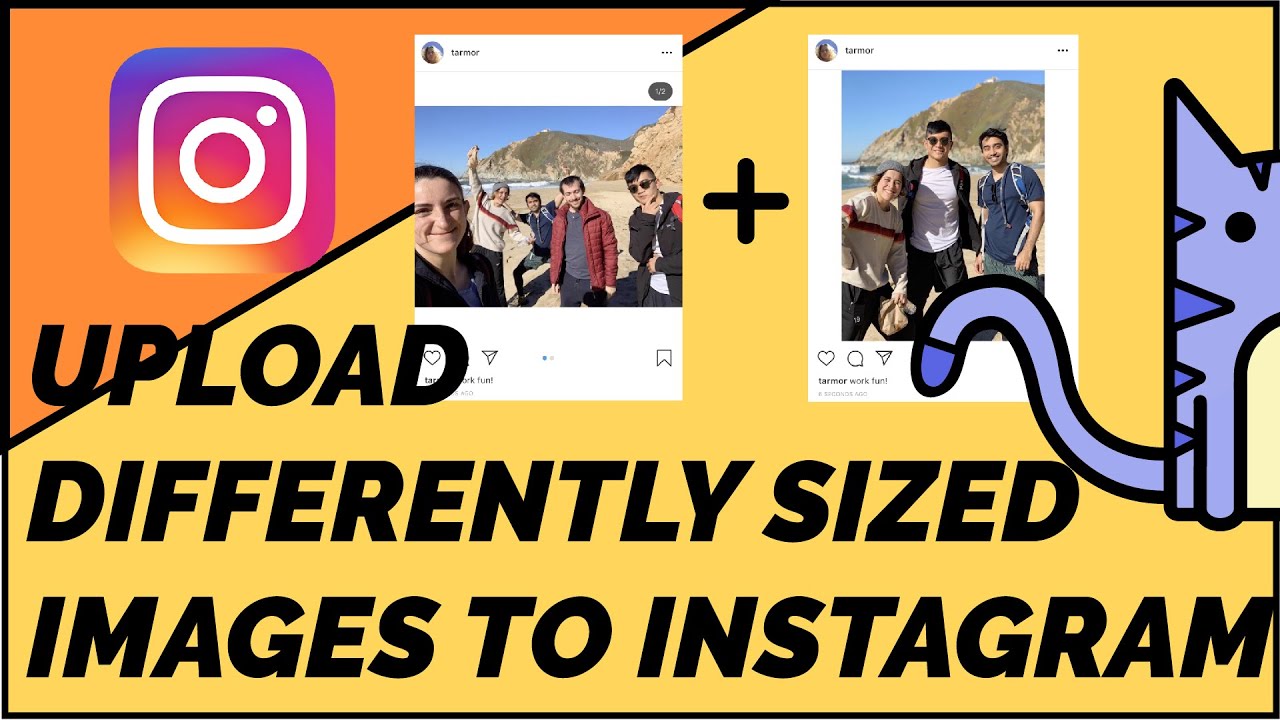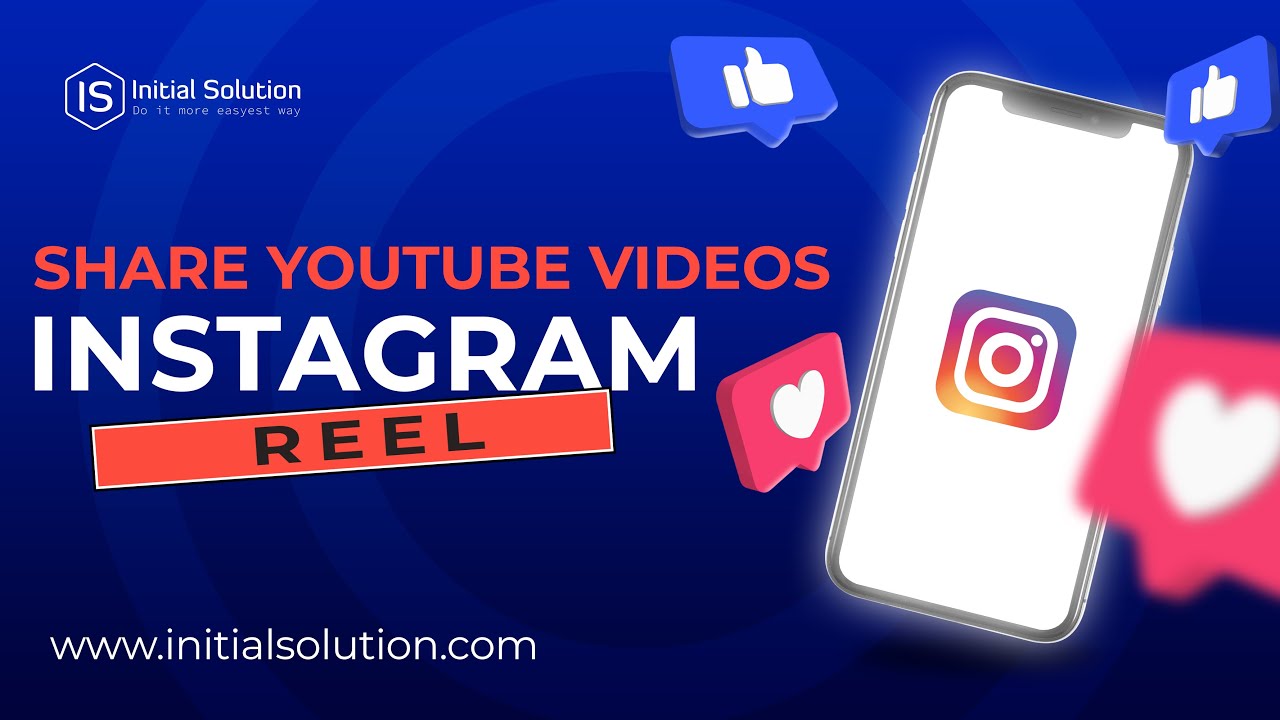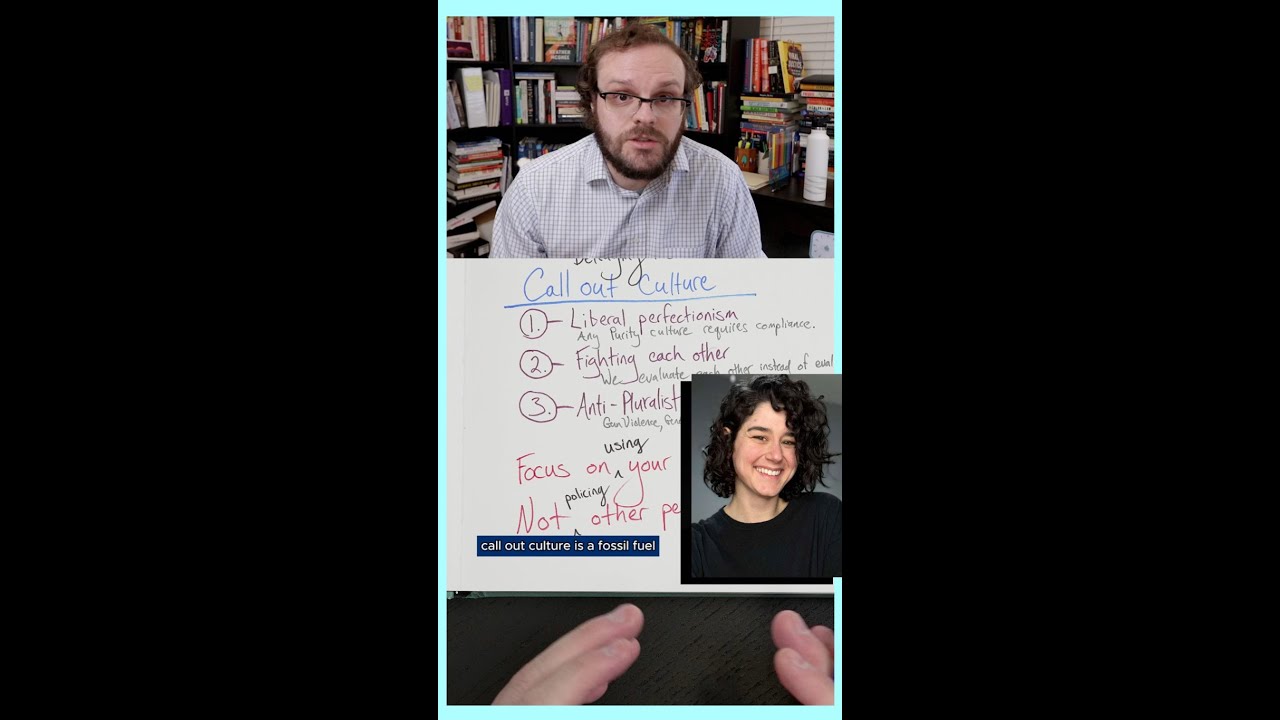How to prevent comments on instagram effectively and manage your account’s interactions

Understanding the Importance of Comments on Instagram
Instagram has transformed the way we connect with others, not only through the sharing of visual content but also via audience engagement. Comments play a crucial role in encouraging interaction and building a community. They allow users to express their thoughts, offer feedback, and engage in conversations about the content they enjoy. Therefore, knowing how to handle comments effectively becomes essential.
However, some comments can be detrimental to your brand image. Negative remarks, spam, or inappropriate language can turn a positive space into a hostile environment. Thus, knowing how to manage comments on Instagram becomes just as important as knowing how to generate engagement. Understanding the dual nature of comments can help you strategize better.
Strategies to Prevent Unwanted Comments on Instagram
When looking to prevent negative interactions on your Instagram posts, several strategies can be employed. This includes limiting comments on specific posts, filtering content automatically, and managing user interactions more effectively.
1. Limit Comments on New Posts
One straightforward method to maintain control is to disable comments on new posts entirely. To do this:
- Open your Instagram app and create a new post.
- Before sharing, go to the Advanced Settings.
- Toggle on the option that says Turn Off Commenting.
This allows you to decide which posts are open for discussion and which ones should remain silent. It’s particularly effective for sensitive content or promotional material that may attract unwanted attention.
2. Use Comments Filtering
Instagram provides a built-in filter system that automatically hides inappropriate comments. To set this up:
- Go to your profile and tap on the three lines in the top right corner.
- Select Settings and then Privacy.
- In the Comments section, toggle on Hide Offensive Comments.
- Consider adding custom words or phrases that you find inappropriate for further filtering.
This built-in tool ensures that your posts remain a safe environment for engagement, free from negativity and spam.
Using Restricted Lists to Control Interactions
Another effective method for controlling comments involves creating a restricted list of users. When you restrict someone, they can still comment on your posts, but their comments will only be visible to them. Here’s how you can make use of this feature:
1. How to Restrict Users
To restrict a user:
- Navigate to their profile.
- Tap on the three dots in the upper right corner.
- Select Restrict from the menu.
This strategy not only protects your space but also allows you to monitor interactions without being directly confrontational.
2. Building a Positive Community
While restricting may seem harsh, it can be useful for managing interactions constructively. Engaging meaningfully with your followers can actively help foster a positive community. Here’s how:
- Respond to positive comments to encourage more of the same.
- Engage with users through Direct Messages (DMs) when they reach out.
- Ask questions in your posts to drive interaction in a positive direction.
By building a robust community of loyal followers, negativity can often be mitigated through genuine interaction.
The Block Feature: A Last Resort
When all else fails, the block feature can be your best weapon against persistent negativity. Blocking should be approached with caution, as it can impact your relationship with followers. However, here’s when you might consider it:
1. Persistent Negative Interactions
If a user repeatedly posts negative comments, blocking them can significantly reduce unwanted interactions. The method is simple:
- Visit the user’s profile.
- Tap on the three dots in the upper right corner.
- Select Block from the menu.
2. Professional Accounts and Their Implications
For businesses and brands, ensuring a professional image is critical. A block can sometimes be necessary in maintaining this professional aesthetic. It’s essential to constantly assess the interactions your posts receive to determine whether drastic measures are warranted.
Engagement Strategies to Encourage Positive Comments
While preventing unwanted comments is important, encouraging positive interactions can significantly enhance the quality of engagement on your profile. Here are several tactics to promote uplifting dialogue:
1. Craft Engaging Content
Content that resonates with your audience naturally invites positive feedback. Consider the following:
- Use high-quality visuals that represent your brand effectively.
- Share stories that reflect personal experiences or product journeys.
- Post questions that prompt discussion among your followers.
2. Run Contests and Giveaways
People love the excitement of contests! This strategy not only increases engagement but also casts a positive light on your page:
- Determine the rules and prizes for your contest.
- Encourage tagging friends to spread the word.
- Engage with participants through comments during the event.
3. Highlight User-Generated Content
When followers see their content featured on your page, it creates a sense of community and belonging. Encourage users to share their experiences and tag your account. This can be instrumental in:
- Building trust.
- Inviting positive affirmation through comments.
- Encouraging new interactions on posts that celebrate your followers.
Monitoring Your Comments Effectively
Lastly, periodically monitoring comments can help you stay ahead of potential issues before they escalate. Setting aside time to check your posts allows you to interact with followers, address concerns, and remove harmful comments when necessary. Here’s how:
1. Allocate Time for Review
Create a routine where you check your posts frequently, either daily or weekly. This not only helps in managing comments but also in maintaining a strong relationship with your audience.
2. Utilize Third-Party Tools
Several tools on the market can aid in managing comments across multiple social media platforms. These tools often provide analytics and automated functionality to help streamline your interactions. Consider using tools like:
- Hootsuite for scheduling and monitoring posts.
- Sprout Social for in-depth analytics and engagement tracking.
- Buffer to manage time and maintain an organized feed.
Using these tools can not only save you time but also provide insights into how your audience is interacting with content, allowing for more tailored strategies in the future.






